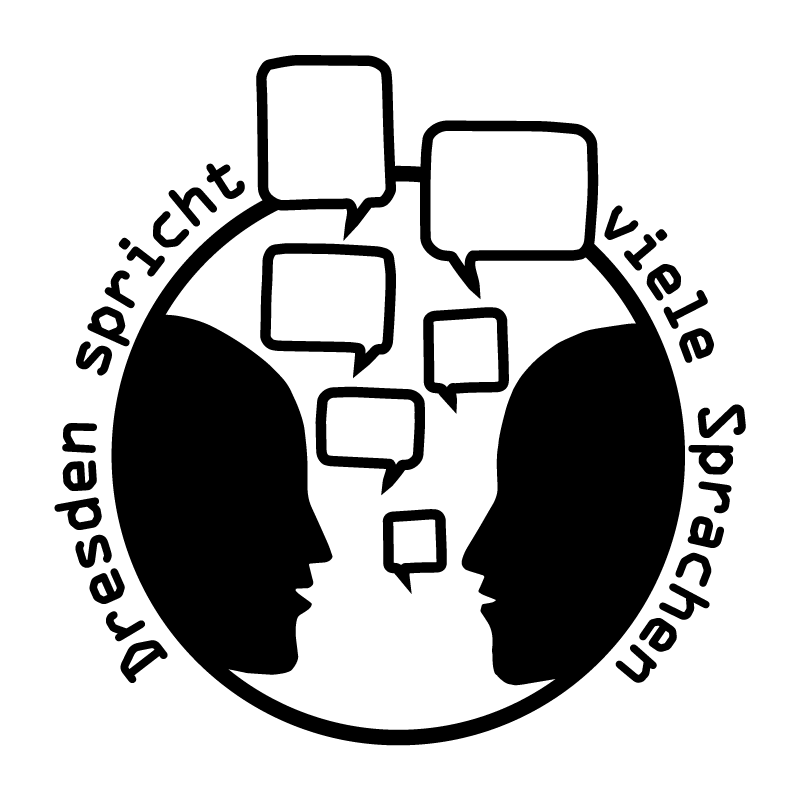
Spanish language
Spanish is the second most spoken language in the world. As a Romance language, Spanish, like Italian, is a further development of Latin. More than 65% of Spanish vocabulary comes from Latin.
However, the Spanish language also has a very high proportion of words from Arabic and Greek. The Carthaginians called it “Ispania”, which meant “land of rabbits”. Later, the Romans adopted the name “Hispania”. The Latin-speaking areas were later conquered by the Arabs.
It was not until the medieval kingdom of Castile that the official language was established and spread throughout the New World during the Reconquista and colonization by the Spanish.
In America, Spanish adopted many words from the language of the Aztecs and Incas.
Today, Spanish is spoken by over 460 million people as their mother tongue and is the official language in 21 countries, including Spain, Mexico, Argentina and Colombia. Over 600 speakers are living in Dresden.
Script
The Spanish script is based on the Latin alphabet and contains 27 letters, including the additional “ñ”.
Gothic script was used in Spain in the Middle Ages before being replaced by cursive script, which emerged in the 15th century. This font was characterized by its clear, easy-to-read forms.
An important development in Spanish writing was the introduction of Spanish cursive in the 18th century, which was developed specifically for the Spanish language. This font is characterized by its calligraphic elements and curved letters.
Dresden spricht …
Workshops, tours, writing and printing workshops under the motto “Dresden speaks many languages”

Period
03-12.2024
Porject coordination
Yvonn Spauschus (Projektleitung)
Yulia Vishnichenko · Moussa Mbarek · Nadine Wölk · Rosa Brockelt · Yuliya Firsova · Martin Mannig · Marco Rademann (workshop leader)
Rosa Brockelt · Rosa Hauch · Falk Goernert · Birthe Mühlhoff (moderation, documentation)
Adina Rieckmann · Lydia Hänsel · Anna-Thilo Schmalfeld (tourguides)
Inge · Karin · Salome · Stellus (voluntary help)
Cooperation partners
JugendKunstschule Dresden – Standort Passage, Omse e.V., Nachbarschaftshilfeverein, Stadtteilverein Johannstadt e.V., Malteser Hilfsdienste e.V., Montagscafé am Staatsschauspiel Dresden as well as Chinesisch-Deutsches Zentrum e.V., Lebenshilfe Dresden e.V., GEH8 Kunstraum und Ateliers e.V., Umweltzentrum Dresden – ABC Tische, Internationale Gärten Dresden e.V, ColumbaPalumbus e.V., Ausländerrat Dresden e.V., Blinden- und Sehbehindertenverband, Löbtop e.V. and many more
Supported by
The project is funded by the State Ministry for Social Affairs and Social Cohesion. This measure is co-financed with tax funds on the basis of the budget passed by the Saxon state parliament within the framework of the state programme Integrative Maßnahmen.
